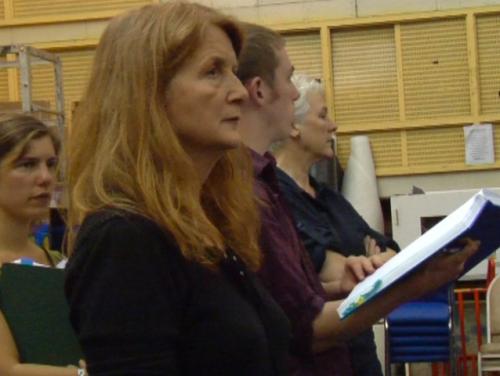Slow Slow, Quick Quick Slow

A rehearsal process such as this (4 weeks in the studio with the singers before attempting to stagger through the acts on stage in the Coliseum) demands incredibly detailed planning followed by very quick thinking when the plan doesn’t work as well in practice as it seemed to on paper or in the mind’s eye.
Knowing when to slow down and take a moment to observe in a detached, undefensive way what is happening in front of your eyes, is a product of experience. The temptation is to rush – to jump in and correct things immediately which are clearly not working. But if you let the ‘wrongness’ play itself out, something else emerges. The clue to how to transform a scene, an image, a moment from the pedestrian, the awkward, or the simply embarrassing to the kind of radiant clarity where it seems it could be done no other way, lies in welcoming and watching what is not right.
But to really understand why it’s not right, you have to slow down, really slow down. That moment of open-eyed observation can seem like an eternity, especially if an army of people is waiting for an instant solution to something that is so obviously wrong.
But take that moment, courageously, and genuine speed will follow, rather than panic. It’s almost like inner phrasing in the working process, a kind of breathing in what is and breathing out what it can become.